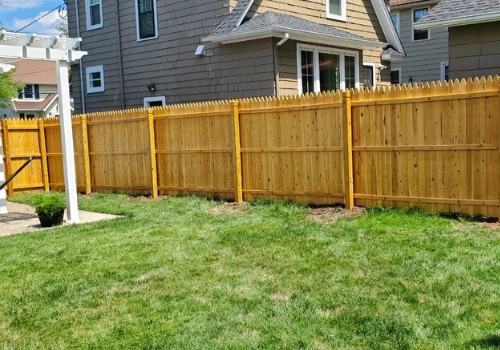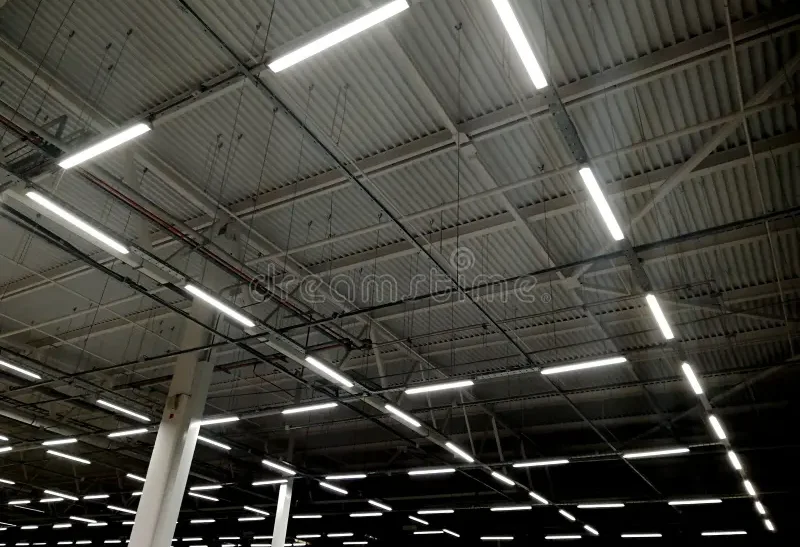Installing a new fence around your property is a major investment that can significantly boost privacy, security, and curb appeal. However, before starting a fence installation project, it’s crucial to consider several key steps to ensure a seamless process and a result that aligns with your expectations. This guide outlines the essential preparations for achieving a successful fence installation.
Understand Your Needs and Preferences
Define the Purpose of Your Fence
Start by defining the primary purpose of your fence. Whether it’s for privacy, security, pet containment, or simply aesthetic enhancement, understanding the function will guide your decisions on the type of fence, materials, and design.
Choose the Right Style and Material
Richmond showcases diverse climate conditions and architectural styles, making it essential to select materials and designs that both enhance your home’s appearance and withstand local weather. Choices include wood, vinyl, aluminum, and composite materials, each providing unique aesthetics, varying maintenance needs, and different levels of durability.
Planning and Legal Considerations
Check Local Zoning Laws and Regulations
Before installing a fence, it is crucial to review local zoning laws and regulations. These rules may influence the height, material, and placement of your fence. Adhering to these standards helps avoid legal complications and potential fines.
Discuss Plans with Neighbors
Sharing plans with neighbors is not just courteous but also practical, especially if the fence will border their property. This discussion can prevent disputes and ensure that the installation process is agreeable to everyone involved.
Survey and Mark Your Property
Hire a Professional Surveyor
Hiring a professional surveyor to mark the boundaries of your property ensures that your new fence is built on your land and not encroaching on adjoining properties. This step is crucial to avoid future legal complications.
Identify and Mark Utilities
Before starting excavation, it’s crucial to identify and mark underground utilities to avoid any damage. This usually requires reaching out to local utility companies to pinpoint and mark the locations of gas, water, and electrical lines beneath your property.
Choosing the Right Contractor
Research and Select Qualified Contractors
Choosing the right contractor for your fence installation in Richmond is paramount. Look for contractors with positive reviews, proper licensing, and a portfolio of previous work. Ensure they have experience with the specific type of fence you are installing.
Obtain Multiple Quotes
Getting quotes from several contractors allows you to compare prices, timelines, and the quality of materials proposed. It also provides leverage in negotiations, ensuring you get the best value for your investment.
Preparing the Site
Clear the Fence Line
Clearing the fence line of any debris, plants, or obstacles ensures that the installation process is smooth and unimpeded. This preparation is essential for a quick and efficient installation.
Plan for Access and Equipment
Ensure that there is adequate access to your property for heavy equipment if necessary. Planning for this access prevents delays and potential damage to your or your neighbor’s property.
Conclusion
Proper preparation before starting a fence installation can ensure a smooth process and outcomes that meet your expectations. Begin with legal groundwork: check local regulations and secure any necessary permits to avoid future issues. Next, choose the right contractor by researching candidates, reading reviews, and interviewing several to find the best match for your project. Each stage is vital in enhancing your property. Investing time in preparation not only saves money but also guarantees that your fence will effectively serve its purpose. A well-planned installation addresses potential challenges like soil conditions and boundary lines, preventing delays. Homeowners will find that comprehensive planning leads to smoother installations and more durable, functional, and visually appealing results. Additionally, selecting materials that complement your home’s design and landscape can elevate your property’s overall aesthetic appeal.













